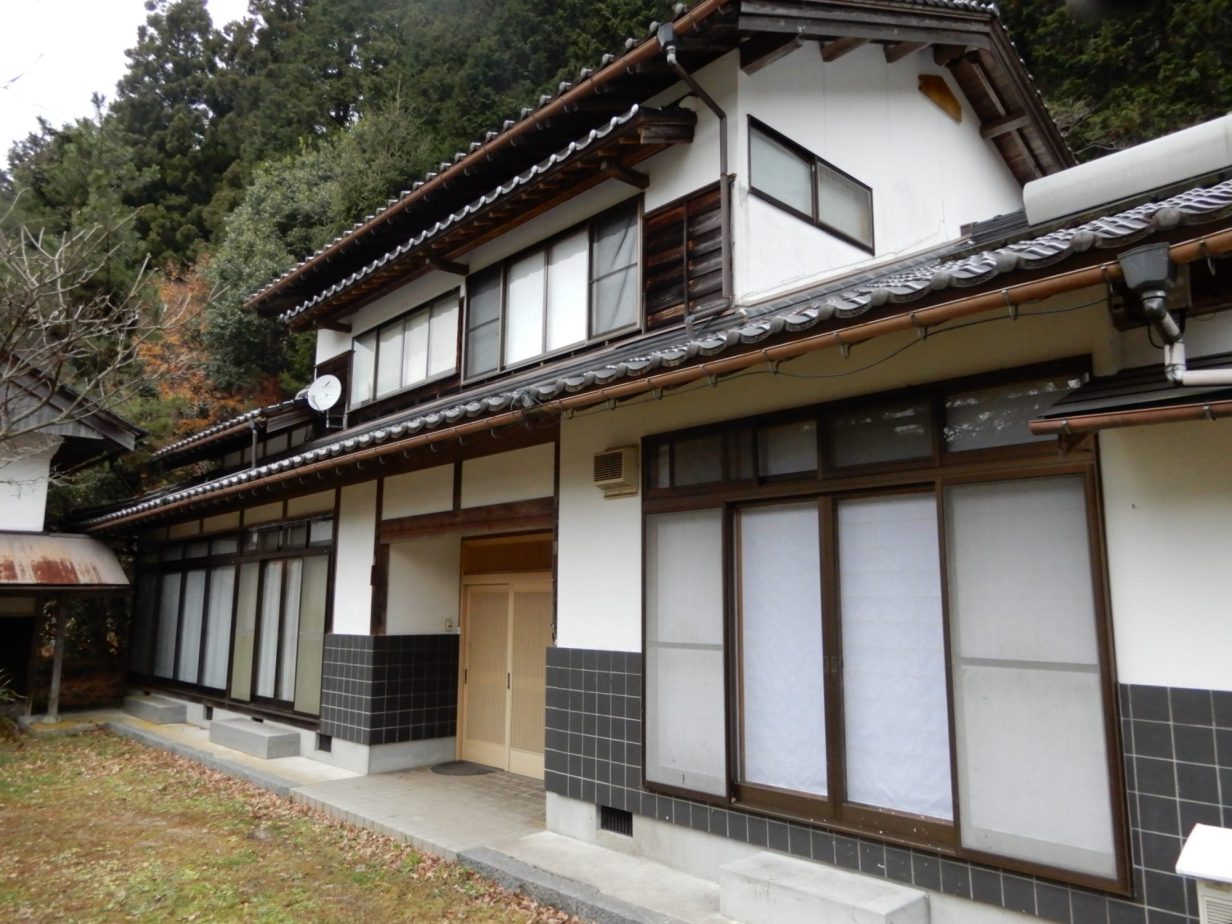
 Verify availability
Verify availabilityAdd to lists:✕

The house is located at a distance from the neighbors, in a peaceful area with rice fields stretching out in front of it.
There are some areas that need repairs, but it is a house with a nice atmosphere.隣家との距離があり、目の前には田んぼが広がるのどかな場所にあります。
修繕必要なところがありますが、雰囲気の良いお家です。
| Building:建物面積 | 168 m² |
|---|---|
| Structure:構造 | Two-story wooden building木造二階建て |
| Built in:建築年 | 1934 |

It's a fine old-fashioned house with large visible beams.
The boiler needs repair, but the kitchen is clean. You can also have a vegetable garden.大きな梁が見える立派な昔ながらの古民家です。
ボイラーの修繕が必要でがキッチンまわりはきれいです。家庭菜園もできますよ。
| Building:建物面積 | 243 m² |
|---|---|
| Structure:構造 | Two-story wooden building木造2階建て |
| Built in:建築年 | 2012 |

Japan is an enticing destination for those looking to immigrate and start a new life. It is a country that seamlessly blends rich tradition with cutting-edge modernity. One of the key factors that make Japan so attractive to prospective immigrants is the housing availability. While Japan's bustling metropolises like Tokyo, Osaka, and Kyoto offer a wide range of housing options, from modern apartments to traditional machiya, the country also faces a unique issue: a surplus of vacant houses, especially in rural areas. This provides an intriguing opportunity for immigrants to potentially acquire properties at reasonable prices, often at a fraction of what one might pay in major cities.
Japan's real estate market is diverse and can cater to various budgets. While cities like Tokyo tend to be on the higher end of the spectrum, there are still affordable options to be found in the suburbs and smaller towns. This inclusivity in housing costs allows immigrants to select a location that suits their financial circumstances.